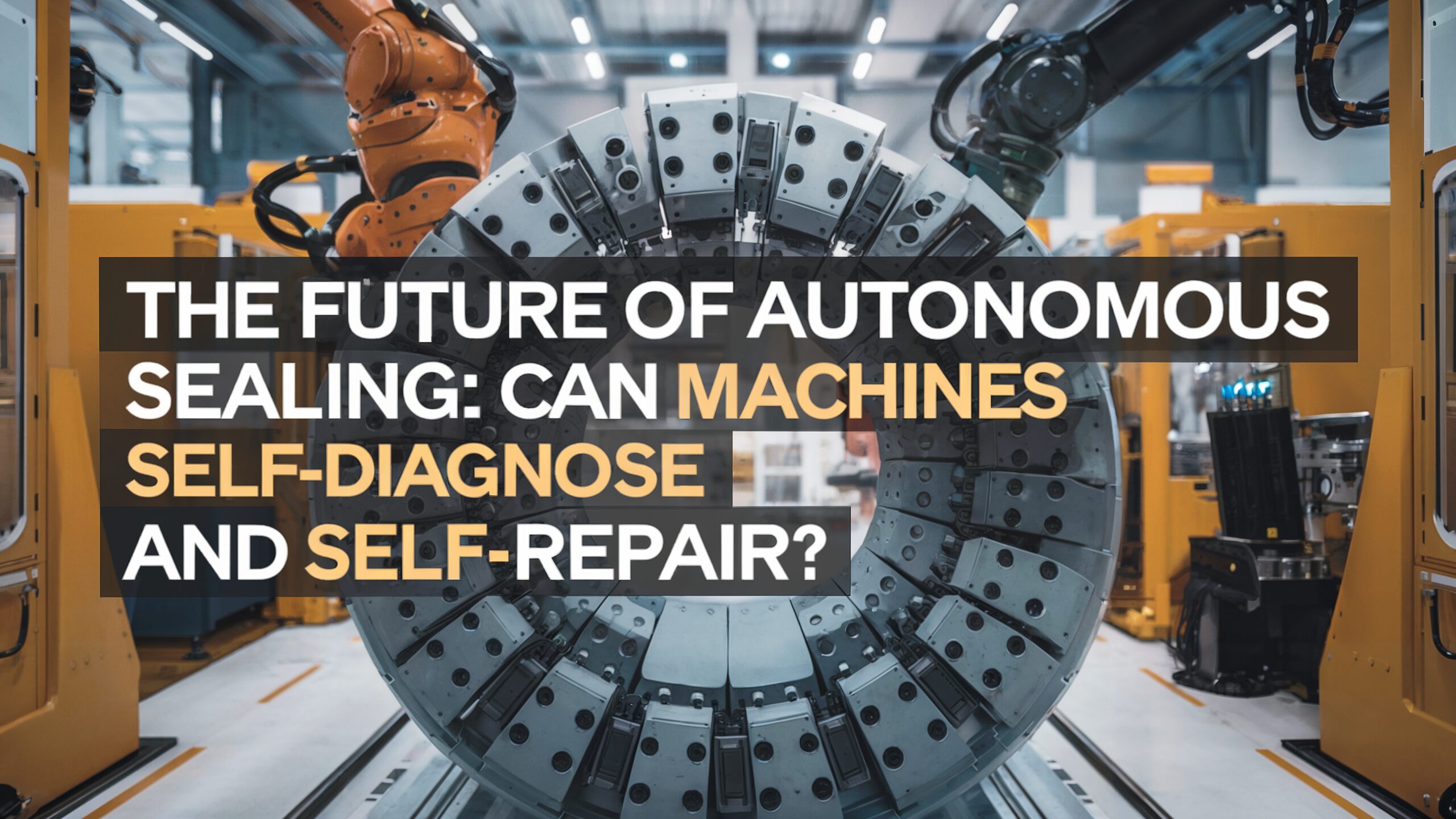What Are Injection Molding Tolerances and How Does Polypropylene Shrink Rate Affect Them?
Injection molding is a cornerstone of modern manufacturing, enabling the production of precise, complex components across industries like automotive, aerospace, consumer goods, and medical devices. But achieving the dimensional accuracy required for these parts hinges on a critical factor: tolerances.
Tolerances define the allowable variation in a part’s dimensions, and maintaining them is essential for ensuring that components fit, function, and perform as intended. However, tolerances aren’t just about mold design, they’re also influenced by the behavior of the material during the molding process. One key variable is shrink rate, the degree to which a material contracts as it cools.
In this blog, we’ll delve into the fundamentals of injection molding tolerances, explore the unique shrink rate characteristics of polypropylene, and discuss best practices for achieving precision in molded parts.
What Are Injection Molding Tolerances?
Tolerances in injection molding are the permissible limits of variation in a part’s dimensions. They ensure that a molded component meets the necessary specifications for fit and performance, even with minor discrepancies introduced during the manufacturing process.
Tolerances are critical for:
- Fit: Ensuring parts assemble correctly without gaps or misalignments.
- Function: Preventing performance issues caused by dimensional irregularities.
- Durability: Avoiding stress concentrations or premature wear due to improper fits.
However, achieving tight tolerances in injection molding can be challenging due to factors like material shrinkage, mold design complexities, and process variability. This is where understanding the material’s behavior, particularly its shrink rate, becomes essential.
Standard Requirements for Injection Molding Tolerances
Injection molding tolerances are typically defined by industry standards such as ISO 20457 for plastic products. The range of tolerances varies depending on the material, application, and part complexity:
Used for critical components in aerospace, medical devices, and electronics.
Common for automotive and industrial applications.
Suitable for less demanding applications like consumer goods.
Design Tip: Collaborating with manufacturers during the design phase ensures that tolerance requirements are realistic and achievable, balancing precision with cost and manufacturability.
How Does Polypropylene’s Shrink Rate Affect Tolerances?
What Is Shrink Rate?
Shrink rate refers to the percentage by which a molded part contracts as it cools and solidifies. It varies by material and significantly impacts the final dimensions of a molded part. For polypropylene (PP), the typical shrink rate ranges between 1.5% and 2.5%, depending on factors like:
Filled grades (e.g., glass-filled) tend to shrink less than unfilled grades.
Wall thickness, uniformity, and part geometry affect how evenly the material cools.
Cooling time, mold temperature, and injection pressure influence shrinkage behavior.
Challenges with Polypropylene’s Shrink Rate
Polypropylene’s relatively high shrink rate makes it more challenging to achieve tight tolerances compared to materials with lower shrink rates, like polycarbonate or PEEK. Uneven cooling or wall thickness can exacerbate shrinkage issues, leading to:
- Warping or distortion.
- Inconsistent dimensions across parts.
- Misalignment during assembly.
Best Practices for Managing Shrinkage and Tolerances
Material Selection
- Use polypropylene grades that are engineered for dimensional stability, such as glass-filled or mineral-filled variants.
- Consider materials with predictable shrink rates for applications requiring tight tolerances.
Mold Design Optimization
- Allowances for Shrinkage: Incorporate shrinkage compensation into the mold cavity design, ensuring the final part meets dimensional requirements.
- Uniform Wall Thickness: Design parts with consistent wall thickness to prevent differential cooling and warping.
- Gate Placement: Position gates strategically to minimize flow-induced shrinkage variations.
Process Control
- Cooling Rates: Maintain uniform cooling across the mold to reduce shrinkage variability.
- Pressure and Hold Time: Optimize injection pressure and hold time to ensure consistent packing and minimize shrinkage.
- Simulation Software: Use advanced molding simulation tools to predict shrinkage and refine mold designs accordingly.
Quality Assurance
- Conduct dimensional inspections on initial production runs to validate tolerances.
- Implement statistical process control (SPC) to monitor production consistency and adjust parameters as needed.
Real-World Applications of Polypropylene Injection Molding
Polypropylene is one of the most widely used thermoplastics, prized for its versatility, affordability, and chemical resistance. Common applications include:
- Automotive: Parts like dashboards, bumpers, and fluid reservoirs require consistent tolerances to ensure proper fit and functionality.
- Consumer Goods: Products like containers, caps, and packaging demand dimensional accuracy to maintain usability and aesthetic appeal.
- Medical Devices: Syringes, diagnostic tools, and lab equipment made from polypropylene must meet strict tolerances to ensure safety and reliability.
By understanding and managing polypropylene’s shrink rate, manufacturers can produce parts that meet the high precision demands of these industries.
Innovations in Tolerance and Shrinkage Management
The future of injection molding is being shaped by innovations that make managing tolerances and shrinkage more efficient:
New grades of polypropylene with reduced shrink rates and improved stability are emerging to address precision challenges.
Artificial intelligence is enhancing molding simulation software, enabling more accurate predictions of shrinkage and dimensional outcomes.
Additive manufacturing allows for rapid prototyping of molds, helping manufacturers validate shrinkage and tolerances before committing to full-scale production.
Achieving precise tolerances in injection molding requires a deep understanding of both material behavior and process variables. With its high shrink rate, polypropylene presents unique challenges, but with the right materials, mold design, and process controls, these challenges can be effectively managed.
Need expert guidance for your injection molding projects? Contact Advanced EMC today to ensure your components meet the highest standards of precision and performance.
Choose the Perfect Seal for... Extreme Pressure Conditions Maximum Reliability Cost-Effective Solutions Long-Lasting Performance
Ready to Upgrade Your Sealing Solutions?
If you’re looking to improve the reliability and longevity of your high-pressure sealing systems, contact us today to learn more about how our metal C-rings can solve your most demanding sealing challenges. Our experts are ready to help you choose the perfect sealing solution for your specific needs.


